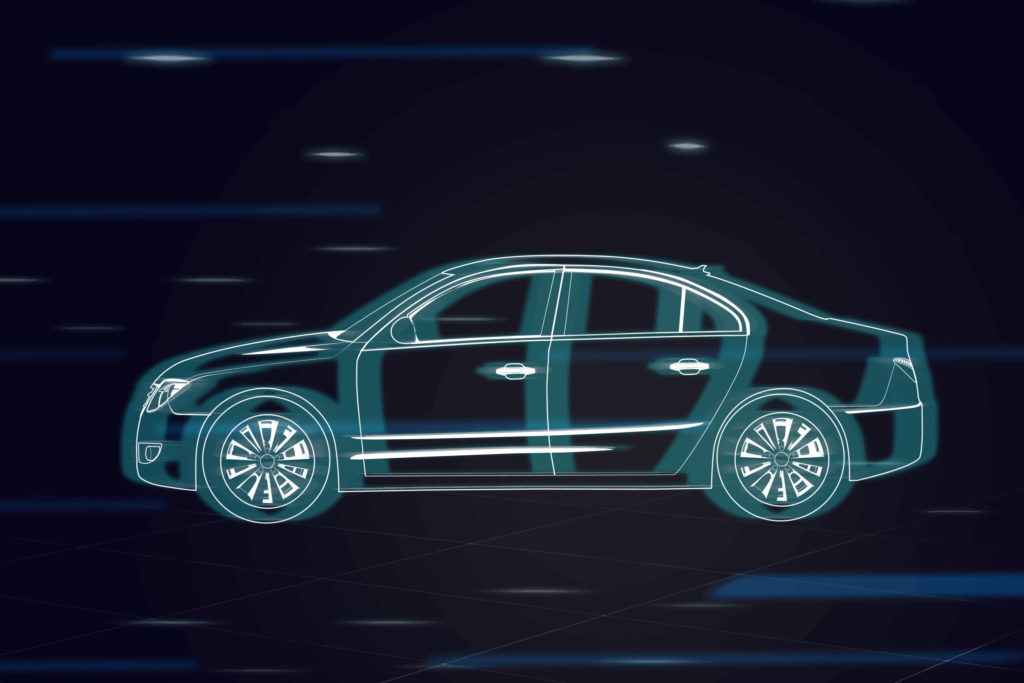This market research report was originally published at the Yole Group’s website. It is reprinted here with the permission of the Yole Group.
OUTLINE
-
The two main automotive segments are expected to grow in the next five years:
-
ADAS/AD applications are expected to grow with a CAGR 22-28 of 18%, to reach US$8.7 billion in 2028.
-
Cockpit applications are expected to grow with a CAGR22-28 of 5%, to reach US$4.0 billion in 2028.
-
-
ADAS and cockpit, both applications are driving the computing demand.
-
Mobileye, Xilinx-AMD, NXP, Nvidia, Qualcomm… Many diverse competitors are fighting for this rapidly growing market.
Pushed by safety regulations, the adoption of ADAS is increasing rapidly – and this is driving multiple sensor adoption. The new Computing and AI for Automotive 2023 report covers processors for ADAS cameras, radars, LiDARs, and in-cabin sensing, as well as processors for ADAS domain controllers. Processors dedicated to the cockpit, including the in-vehicle infotainment main unit, instrument cluster, and telematics, are also discussed.

“Car architecture evolution is strongly impacting the processor market, in terms of both units and revenue. Even though automotive industry cycles are rather slow compared to other market segments such as consumer, centralization is expected to progress significantly in the next years”.
Adrien Sanchez
Technology and Market Analyst, Computing and Software, Semiconductor, Memory and Computing division, Yole Intelligence (part of Yole Group)
Indeed, as Yole Intelligence’s analysts affirm, this evolution has a strong impact on processor units and revenue, as well as on changing technology requirements and processor class breakdown.
The software-defined vehicle is another key trend impacting automotive processors, as it is impacting hardware and software roadmaps with new requirements that are challenging traditional automotive companies.
In this context, Yole Intelligence releases its Computing report, Computing and AI for Automotive 2023. With this report, the company, part of Yole Group, gives an overview of computing for safety, ADAS & AD, in-cabin sensing, cockpit, and connectivity. It also provides a scenario for AI within the dynamics of the autonomous automotive market and presents an understanding of AI’s impact on the semiconductor industry. Thus, this study delivers an in-depth understanding of the ecosystem and players and offers key technical insights and analyses into future technology trends and challenges.

“Computing revenue for ADAS and cockpit processor is increasing quickly, with a CAGR22-28 of 13% and reaching a US$12.7 billion value in 2028. Among these two categories, ADAS is the more dynamic segment, growing from US$3.2 billion in 2022 to US$8.7 billion in 2028, with a CAGR22-28 of 18%.”
John Lorenz
Senior Technology and Market Analyst, Computing and Software, Semiconductor, Memory and Computing division, Yole Intelligence (part of Yole Group)
This growth is driven by the increasing number of vehicle shipments and also the centralization trend, which needs more powerful and expensive processors. The burgeoning ASP is partly the consequence of the recent semiconductor shortage crises. It’s also partly due to the integration of more functionalities into processors. Together, these factors are increasing computing revenue from the automotive sector. The cockpit segment is also growing from US$2.9 billion in 2022 to US$4.0 billion in 2028, driven by centralization into a cockpit domain controller, the growing importance of user experience applications, and the arrival of 5G, which is having an impact on the telematic segment.
Software-defined cars, new cockpit applications, and an increasing number of ADAS/AD functions make processors increasingly important in cars and can create a dependent relationship between OEMs and processors. In this context, some OEMs have announced their willingness to build a custom processor – however, due to the cost, most of them are instead expected to use other solutions such as co-design or forming partnerships.

Focusing closely on the processor ecosystem, there is intense competition between different types of competitors, such as traditional automotive players, processor companies from consumer and server markets, companies specializing in vision processing, and many start-ups proposing innovative solutions. Within this landscape, China’s computing ecosystem is very dynamic, with many young companies enjoying strong momentum and getting design wins. Among them, Horizon Robotics and SemiDrive are already shipping processors in cars, and others are expected to follow in the coming years. As China is now the more dynamic automotive market, it could strongly impact the computing landscape.
Yole Intelligence’s Computing team invites you to follow the technologies, related devices, applications, and markets on www.yolegroup.com.

In this regard, do not miss the Analyst thursday – the present and the future of automotive ADAS on March 30. Register here!
Stay tuned!
Acronyms
- ADAS : Advanced Driver Assistance Systems
- AD : Autonomous Driving
- CAGR : Compound Annual Growth Rate
- AI : Artificial Intelligence
- ASP : Average Selling Price


